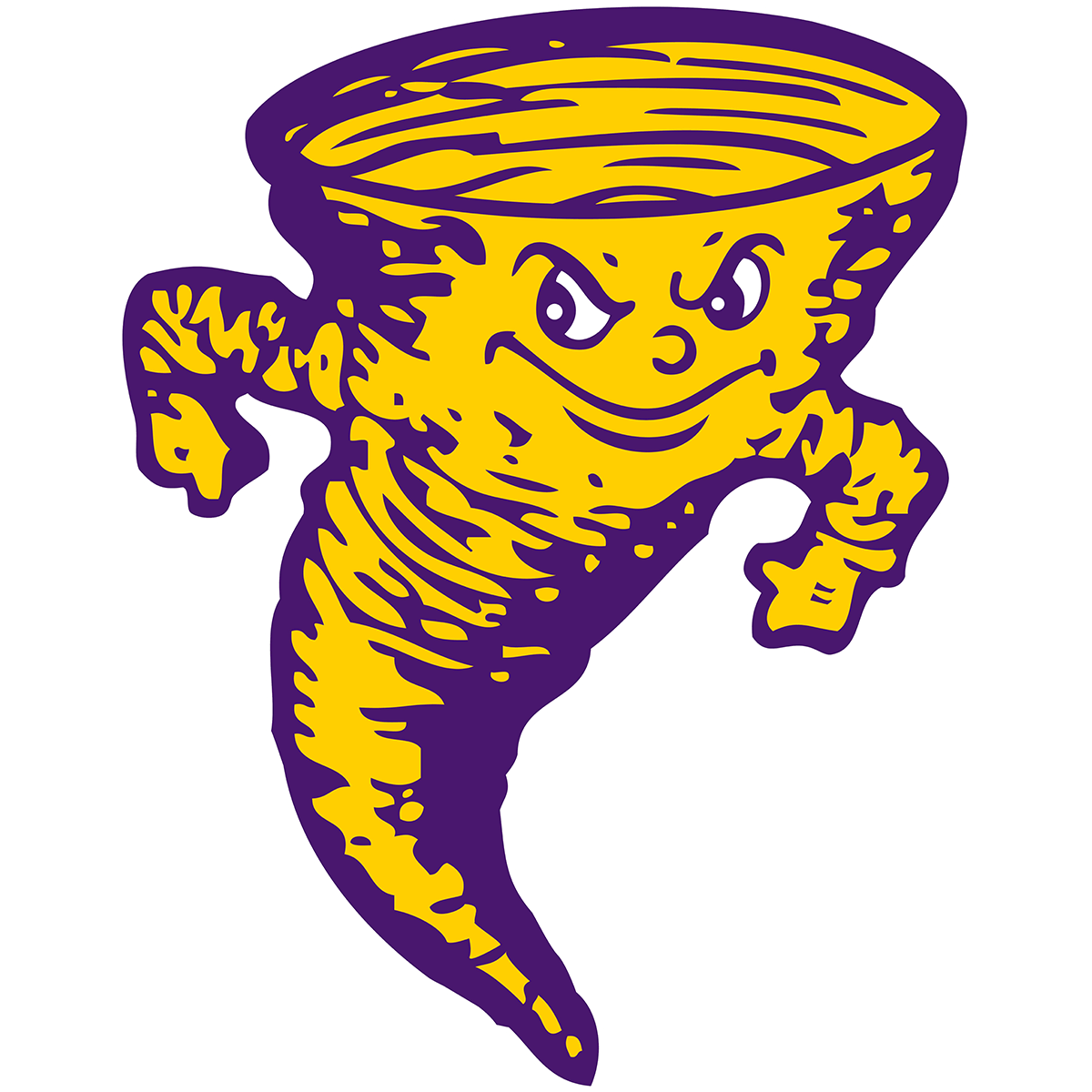The Building Committee Meeting for 4:00 today (1/6/25) has been canceled.
A new date/time has not been set yet.
Subject: School Closure Due to Inclement Weather
Dear Families,
This letter is to inform you that Taylorville CUSD 3 will be closed tomorrow, Tuesday, January 7, due to icy and drifting road conditions.
E-Learning Day:
To ensure continued learning, tomorrow will be an E-Learning day. Teachers will provide students with assignments and resources through our online learning platforms and/or worksheet packets that were given to parents/guardians during PT Conferences
Students Without Device Access:
We understand that some students may not have access to devices at home. Please be assured that students without access will be given ample time to complete assignments upon their return to school. No student will be penalized for lack of access during this remote learning day.
We appreciate your understanding and cooperation.
Sincerely,
Brandi Bruley
Superintendent
TCUSD 3
Brandi Bruley, Superintendent
1100 N. Sportsman Drive
Taylorville, IL 62558
217-824-4951

We'd love to see our Tornadoes outside in the snow. Drop your snowman photos in the comments.
#bundleup #firstsnowof the year

Some high school teachers enjoyed "twin day" with Principal Matt Hutchison.

8th grade students at TJHS are partnering up in ELA to annotate ‘The Cremation of Sam McGee








7th grade science dissecting owl pellets. Students were able to determine what the owls diet was and the ecosystem it lived in based on their discoveries.





Mrs. Salmon’s 6th grade science were challenge to creat a Moon Buggy. The Moon Buggy had to meet four requirements. Students practiced their engineering and design skills and found the hardest part were the wheels.







Wishing our staff, students, and community a healthy and safe start to the new year. Here's to making 2025 our best year yet!

Mark your calendars for the TMH Walking Challenge starting January 2nd. It's a great way to stay active and healthy after the holiday season!

Weekly Verse 6 Join FCA on Wednesday mornings at 7:45 for breakfast and a devotional! Photograph by Marley Dively

Students at TJHS worked in groups to design, build and test prototypes of insulated cups. These student creations will hold and ice cube and be tested under 3 heat lamps for 20 minutes! Pictured are students designing and building their coolers.




Mrs. Reindl went into Mrs. Mateer's computer science class atTHS and taught the students about the glowforge. She worked with them on designing an image to be laser printed on the glowforge. They then got to go to the Stem Lab and watch the glowforge work.







Mrs. Boehme came in on Monday to do fun snowflake art with our fourth graders! She retired last year, and this is the first time our students got to do art with her again. The students absolutely loved having her back in the classroom, and it was so great to have her back at Memorial School!








3rd Graders at Memorial Elementary who had excellent behavior the entire month of December were able to attend a “Gloop” party. Thank you to the PTA for throwing this party and all of the supplies!








TJHS passed out more journals that were donated by the Christian County Health department. SEL counselors helped distribute these to students for their own personal use.
Thank you to the Christain County Health Department for your generous donation.

The Dungeons and Dragons club at TJHS was enjoying some holiday at their latest meeting.





Students in Mr. Howard's science classes completed a Gummy Bear Sacrifice experiment. They were testing the combustion reaction. Demonstration of a Combustion reaction of sugar. C12H22O11 + 12O2 --> 12CO2 + 11H2O


🎄🎁 Holiday Fun with Math! 🎁🎄
Ms. McChristy’s 5th graders practiced adding and subtracting decimals by creating holiday wishlists! They put their math skills to the test!










Mrs. Grant’s 1st grade class at North Elementary School celebrated Christmas in their classroom by making edible Christmas trees! A lot of delicious fun was had!!!






On the final Friday of the semester, we celebrated our amazing students at Taylorville Junior High School with a pizza party honoring their hard work during the Fannie May candy fundraiser! 🏆
Thanks to their efforts and your generous support, our top fundraisers enjoyed delicious Angelo’s pizza and McDonald’s cheeseburgers as a token of our appreciation. 🍔🍕
The Fannie May fundraiser is Student Council’s largest fundraiser of the year, and every purchase helps support our school and students in meaningful ways. Last year, your contributions allowed us to purchase the big purple canopy tent for the recess area—a favorite spot for students to gather and play.
A heartfelt thank you to our wonderful community for continuing to show up and support TJHS. You are making a difference in the lives of our students, and we couldn’t do it without you! 💛💜










